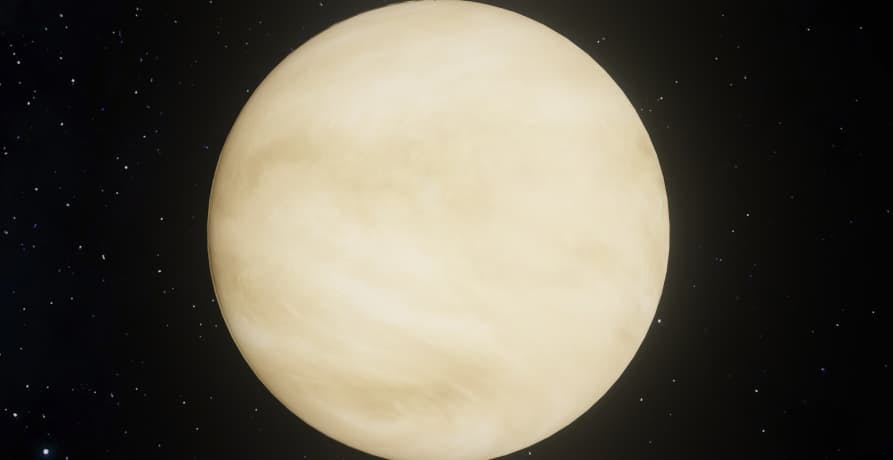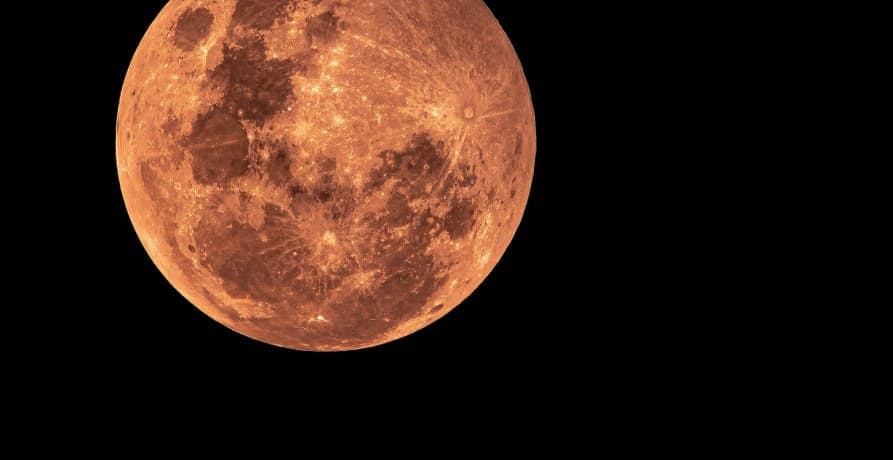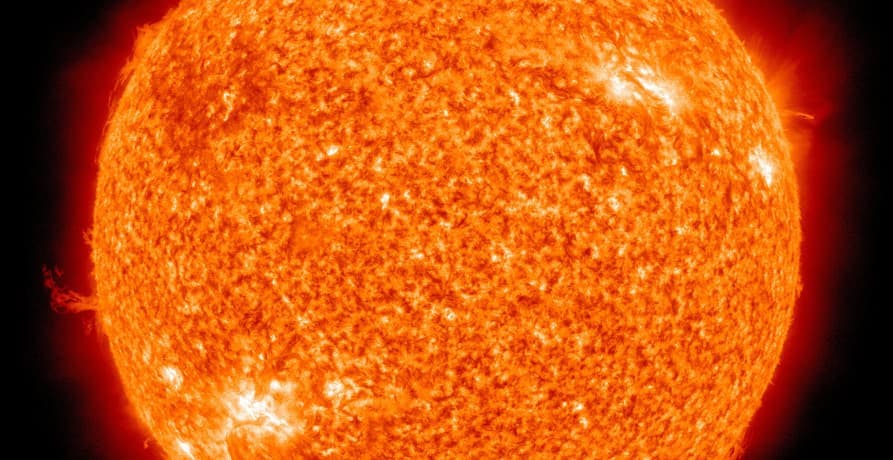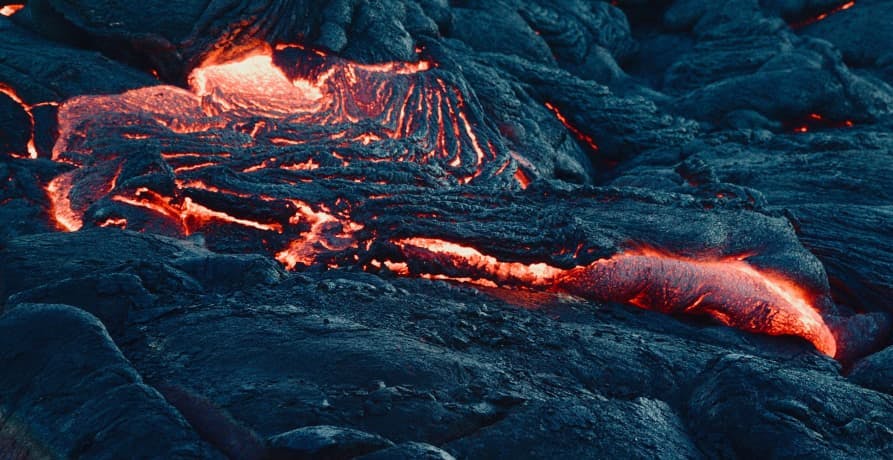
Sustainable Development Goals (SDGs): All You Need to Know
The United Nations has defined 17 goals, aimed at creating a better world. What are these so-called "Sustainable Development Goals" ? Explanations.
ESG / CSR
Industries



Venus, often dubbed Earth's twin, has long been a subject of intrigue for astronomers and climatologists alike. Recent studies suggest that this neighboring planet might have once been as hospitable as Earth, boasting conditions conducive to life. However, the catastrophic climate change Venus underwent, culminating in a runaway greenhouse gas effect, has transformed it into a scorching, inhospitable world. This dramatic shift in Venus' climate raises a haunting question: Could its fate serve as a cautionary tale for the potential future of Earth's climate?
👉 Why is Venus’ climate of interest to scientists? What caused the catastrophic change to its climate? And is there anything to be learned from this?
When you think of Earth’s neighbor Saturn, you probably picture an uninhabitable rock - a planet that’s just a little bit too close to the Sun, and therefore much too hot to support any kind of life. So it might surprise you to learn that, in fact, scientists believe that Venus may at one point have been habitable!
These days however Venus can only be described as hellish. With the highest surface temperature of any planet in our solar system at 462 degrees Celsius, and a thick, toxic atmosphere exerting a pressure approximately 92 times that of Earth's, nothing can survive. Sulphuric acid clouds trap the Sun's heat, allowing carbon dioxide to build up even further, intensifying the planet’s scorching conditions. However, it might not always have been this way.
According to NASA scientists, “Venus may have had a shallow liquid ocean and habitable surface temperatures for up to 2 billion years of its early history”.
Computer modeling - very similar to the type of program used to model future climate change patterns on Earth - was used to arrive at this conclusion. Researchers at NASA’s Goddard Institute for Space Studies (GISS) in New York, who worked on the study explained that “Many of the same tools we use to model climate change on Earth can be adapted to study climates on other planets, both past and present”.
So how did scientists create the climate simulation for Venus? Let’s take a closer look at the different conditions that informed their model.
Earth and Venus are often referred to as sibling planets. This is because they’re believed to have experienced a similar beginning, and are similar in terms of size, mass, density, and volume. NASA’s Pioneer mission in the 1980s also determined that Venus probably was home to oceans at one point - just like Earth. However, there are also crucial differences between the two neighboring planets.
One of the biggest differences between the two is their proximity to the Sun. Venus is closer, which has led scientists to theorize that the Sun may have evaporated the planet’s surface water. It's thought that the water-vapor molecules were then broken down by solar radiation, releasing hydrogen into space, and leaving carbon dioxide to build up in the planet’s atmosphere. This may have led to a runaway greenhouse gas effect, which could explain how the planet’s current atmosphere formed - but more on this theory later.
Another crucial difference between Earth and Venus is the speed at which the two planets spin on their axis. On Venus, one solar day (i.e. how long it takes a planet to complete one rotation on its axis) is the equivalent of 117 days on Earth, which means that Venus has a much slower rotation rate. Previous studies suggested that the speed at which a planet spins was linked to the density of its atmosphere (thereby helping to explain Venus’ dense atmosphere), however, new research suggests that this might not be the case and that a planet can have an atmosphere like Earth’s and a slow rotation rate.
Another difference that needs to be considered is the topography of the two planets. It’s thought that Venus actually had more dry land than Earth - which should have helped to limit the amount of water evaporated from the oceans. In fact, Venus had an ideal surface, with enough water to support life, and enough land mass to reduce the planet’s vulnerability to sunlight.
These components (i.e. an atmosphere similar to Earth’s, a solar day of 117 Earth days, and a shallow ocean punctuated by landmass) were used to inform the team’s climate model. Additionally, the team factored in that the Sun would have been 30% dimmer than is currently the case (though this would still mean that Venus received around 40% more sunlight than Earth currently does).
The results of the model were interesting. Because Venus has an exceptionally slow spin some areas of the planet would be exposed to sunlight for around two months at a time. Resulting in a warm surface and thick layers of clouds which essentially act as a shield to the solar heating from the sun. These conditions actually mean that the temperatures on Venus would have been a few degrees cooler than those on Earth. And that if scientists are correct, and Venus was home to liquid water, it may at one point have been able to sustain life. So what happened to it?
What happened to Venus can be described as runaway climate change - an irreversible, life-destroying change to the planet’s climate that rendered it uninhabitable. And while scientists aren’t 100% sure what triggered such an extreme change in climate, they do have some ideas.

We touched on this earlier in the article, but it's worth reiterating: the Sun is a primary suspect in Venus' climatic transformation. When Venus was young, the Sun shone about 30% dimmer. However, as it aged, the Sun's brightness and heat intensified. The theory? The amplified strength of its rays likely evaporated any liquid water on Venus' surface.
This evaporation generated steam, heightening the greenhouse gas effect. The trapped water vapor in the atmosphere boosted Venus' surface temperatures, which in turn caused even more evaporation, setting off a relentless cycle. The end result was a runaway greenhouse effect, with temperatures soaring dramatically.
The situation might have been further worsened by carbon dioxide released from the planet's volcanoes. The culmination of these events may have transformed Venus into a hostile world with scorching temperatures devoid of surface water.

Volcanic activity is another possible culprit behind the destruction of Venus’ habitable atmosphere.
Volcanoes often form when one tectonic plate moves under another, and it’s suspected that, like Earth, Venus also features tectonic plates. Tectonic plates have a surprising role to play when it comes to carbon storage. Carbon dioxide gets soaked up by the ocean and then filters down to these tectonic plates. When the plates clash and dive down beneath one another, they bury and store the carbon.
However, it’s believed that if catastrophic volcanic eruptions occurred in close proximity to one another, a period of intense global warming may have been triggered. The result is that the oceans may have started to evaporate. As the water evaporated there was even less carbon storage available to counterbalance the rising levels of CO2.
What's more, is that the tectonic plate system relies on this water to maintain its flexibility - without surface water, it becomes brittle and dry. So without ocean water to hydrate the rock, eventually all tectonic plate activity on Venus would have come to a complete stop, encasing the planet in a rock-solid crust. This would also mean that the crucial role these plates play in carbon storage also came to an end.
Without oceans and tectonic plates to absorb excess carbon, any greenhouse gases produced through volcanic activity would accumulate in the atmosphere.
The volcano theory may, in part, be supported by evidence here on Earth. Around 250 million years ago, planet Earth experienced its mass extinction where around 90% of all life was killed (something that is known as ‘The Great Dying’). One of the possible causes of this mass extinction event is a series of volcanic fissures.
It’s thought that the fissures released so much lava and greenhouse gases into the atmosphere that the Earth’s temperature rose by around 12 degrees Celsius, killing off 90% of the planet's creatures as a result.
👉 To learn more about why the oceans are considered to be carbon sinks, head over to our article explaining everything you need to know.

Although scientists aren’t sure as to the exact cause of Venus’ drastic change in climate, it’s hoped that future space missions will unravel the geological composition of Venus, giving us a better idea of which scenario is the likely culprit. If for example, the planet is very dry, then it's more likely that the Sun evaporated the planet’s surface water. However, if there are still traces of water, then volcanic activity is more likely to have caused the change.
👉 To explore the different ways in which space science is helping to advance our understanding of the Earth's climate, check out our article.
The fact that Venus may once have been a hospitable planet like Earth has led some to compare its catastrophic climate change to the current climate change that we’re experiencing here on Earth.
Starting with the Industrial Revolution, decades of burning fossil fuels have pumped excess carbon dioxide (and other greenhouse gases) into the atmosphere, resulting in a warming effect. We’re only just starting to see the devastating impacts of our actions, with increasingly devastating climate events such as heatwaves, drought, and flooding (to name just a few).
Some have wondered if Venus provides an example of what could become of our planet if greenhouse gases spiral out of control, especially since the rate at which greenhouse gas levels are currently rising is worse than when the Earth experienced ‘The Great Dying’. However, scientists point out that we would need to maintain this level for millions of years to see a similar effect. So we can take some comfort in this at least.
Yet Venus’ climate change should still serve as a warning when it comes to our own planet. Although we might not be at risk of suffering the same fate (or at least not immediately), it should remind us that our atmosphere is not something to be taken for granted. And that carbon dioxide has the power to destabilize entire planets.
👉 To learn more about the impacts of the Industrial Revolution on our climate, take a look at our article.
At Greenly we can help you to assess your company’s carbon footprint, and then give you the tools you need to cut down on emissions. Why not request a free demo with one of our experts - no obligation or commitment required.
If reading this article has inspired you to consider your company’s own carbon footprint, Greenly can help. Learn more about Greenly’s carbon management platform here.